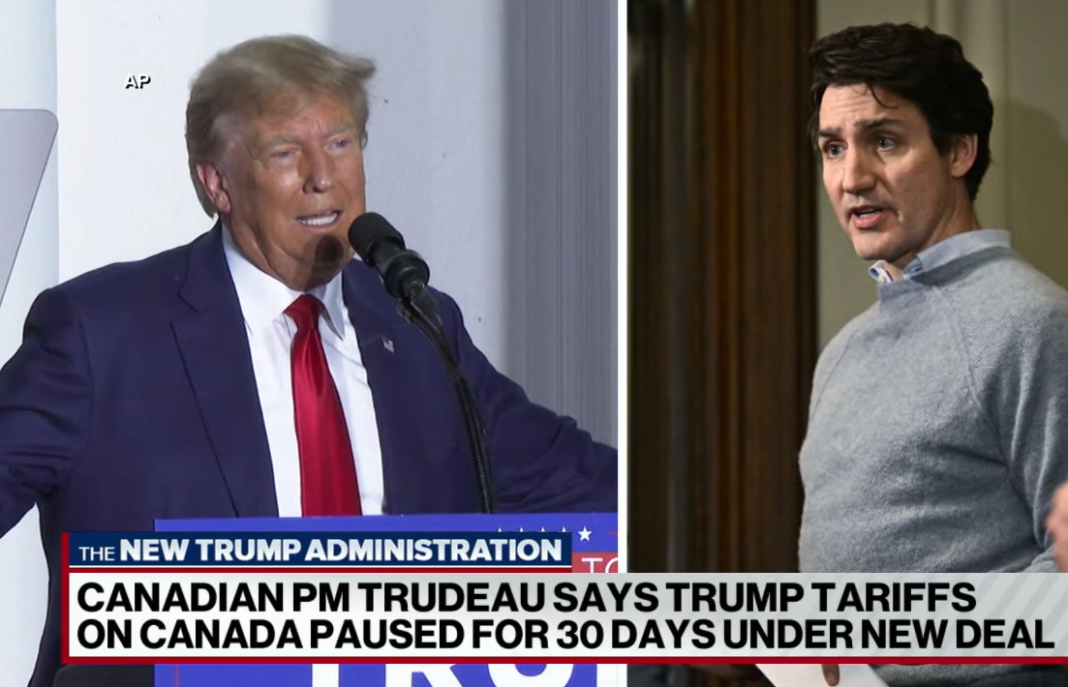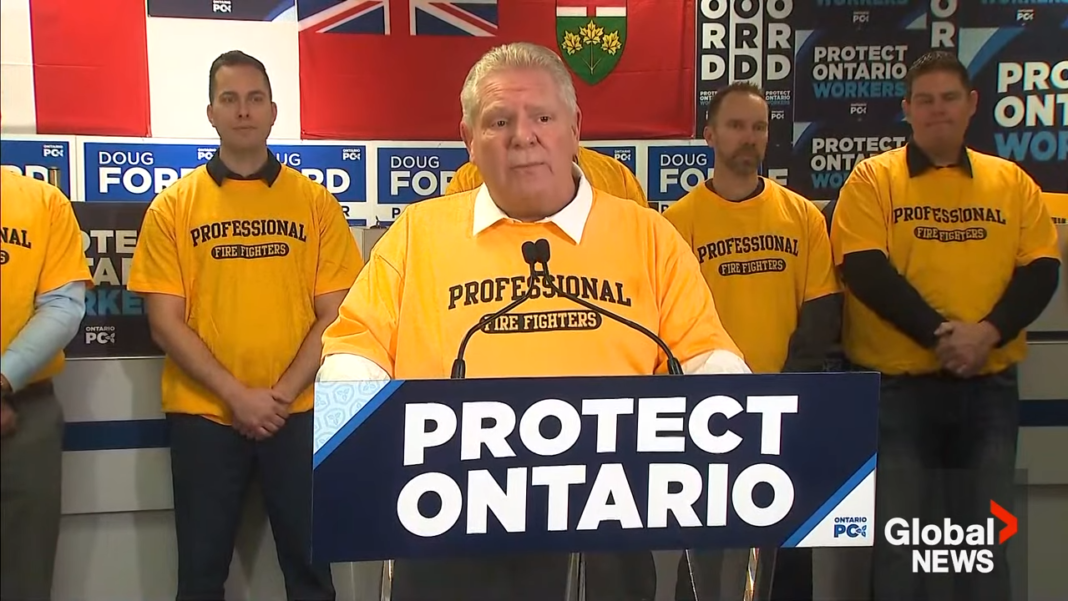The ongoing economic tension between the United States and Canada took a significant turn with a 30-day pause on proposed tariffs. This temporary relief, announced after direct discussions between the Canadian Prime Minister and former U.S. President Donald Trump, signals a brief cessation in what could have been a full-scale trade war. However, deeper analysis suggests this pause is less about resolution and more about strategic maneuvering from both sides.
Key Insights of the Talk:
- Tariff Halt: The U.S. administration paused the implementation of 25% tariffs on Canadian exports, a move that would have severely impacted trade, particularly in the automotive and manufacturing sectors.
- Strategic Concessions: Canada has agreed to bolster its border security measures, including appointing a fentanyl czar and increasing efforts against organized crime and money laundering.
- US Demands Beyond Trade: Trump’s administration has signaled broader expectations, including increased defense spending by Canada and greater access for American financial institutions in Canadian markets.
- Economic and Political Fallout: The uncertainty surrounding these negotiations continues to keep businesses, investors, and policymakers on edge.
The Broader Implications:
Economic Repercussions
Had the tariffs would have been imposed, Canada could face potential losses amounting to $84 billion, with GDP contractions of up to 10%. Industries heavily reliant on U.S. trade, such as auto manufacturing and technology, would have suffered the most. The temporary relief gives businesses room to strategize, but with only 30 days of certainty, economic unpredictability looms large.
Political and Diplomatic Implications
The U.S. move to tie economic decisions with border security, organized crime prevention, and even discussions about Canada’s sovereignty raises serious diplomatic concerns. While trade discussions typically focus on tariffs and fair market access, these additional demands highlight a shift toward leveraging economic tools for geopolitical influence.
Public and Business Sentiments
The uncertainty has left Canadian policymakers and business leaders skeptical. Many fear this is merely a temporary reprieve rather than a step towards long-term stability. Premiers across Canada, while relieved at the halt, acknowledge that significant challenges remain.
What’s Next to Look Forward to?
Future Trade Uncertainty
- Will the U.S. administration push for a final economic deal that significantly restructures trade relations?
- Will Canada be forced to make additional policy concessions to avoid economic fallout?
- How will other international trade partners react to these developments?
Strategic Moves for Businesses and Policymakers
- Canadian businesses must prepare for potential tariff impositions by diversifying trade partnerships.
- The Canadian government needs to reinforce trade alliances with the EU, China, and other economic blocs to reduce dependency on U.S. trade policies.
- U.S. businesses should assess how long-term instability in U.S.-Canada trade relations could impact supply chains and investment strategies.
Conclusion
While the 30-day pause provides momentary relief, it is not a resolution. The underlying tensions suggest a deeper economic and political restructuring is at play. Canada faces a challenging road ahead, needing to balance economic stability with sovereignty and long-term strategic interests. The next month will be critical in determining whether this pause leads to a constructive resolution or merely delays an inevitable clash.
Disclaimer
This article is for informational purposes only and does not constitute financial, legal, or political advice. The insights presented are based on current developments and may evolve as new information emerges.
Dr. Noah Alvarado is a global economist specializing in international trade policies and macroeconomic analysis. His research has been published in prominent journals.




